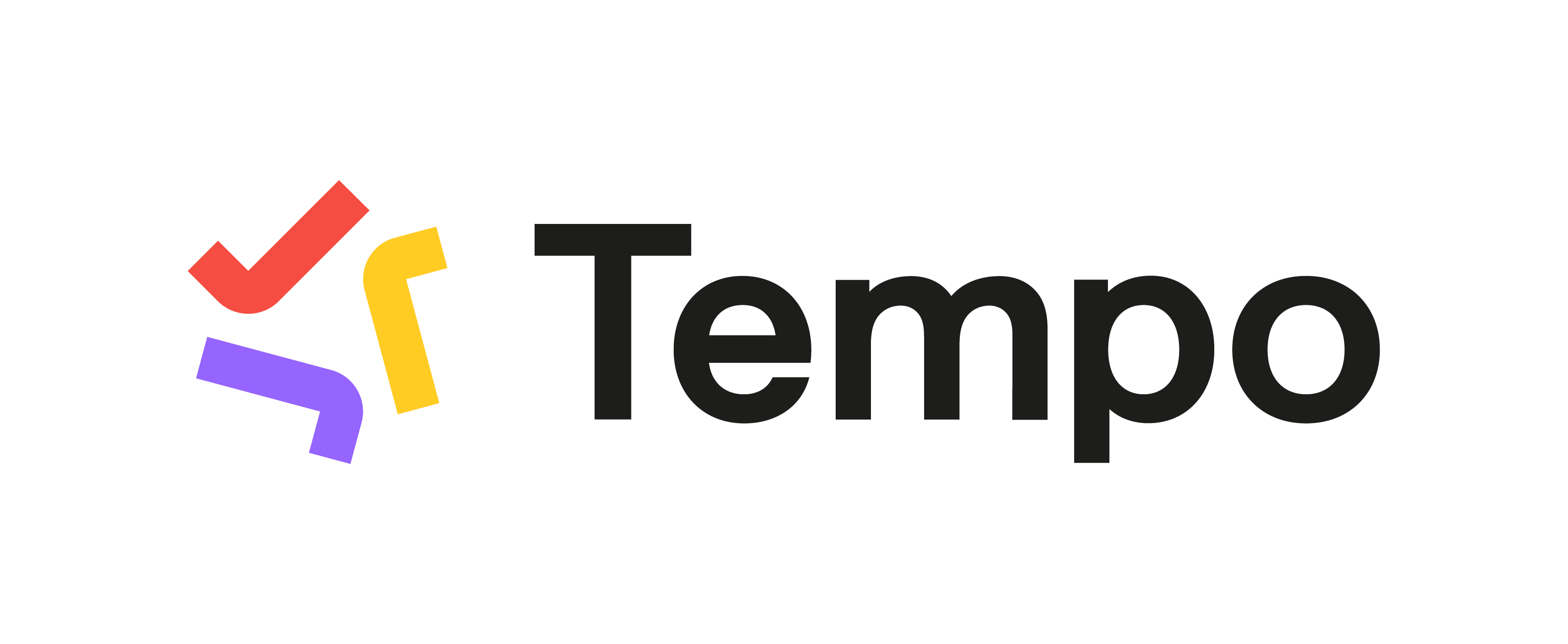Question
HTML Export is no longer available on Swimlanes, what are the alternatives?
Answer
To enhance the traceability of published roadmap data, we have removed the HTML export option from the Swimlane view and will be introducing PDF export in the upcoming weeks.
Here are (2) possible workarounds for you:
Note: Larger roadmaps may have issues presenting properly due to the size of the document and virtualization. Please ensure that you’re zooming out for larger roadmaps before exporting and applying the [scrolling=”yes”] attribute for your iFrames.
Option #1 - Export via MHTML for Sharing:
To retain the customizations and ensure that all data is available, you can export into an MHTML file (.mht), which will provide you with a single-page experience for your roadmap. This option is often recommended for sharing or standalone storage, but may require conversion to HTML+JS to properly load in iFrames.
To export your Swimlane to a standalone MHTML file, you will first need to publish the
roadmap to a URL.
-
From your Swimlane roadmap, export the view you’re looking to generate a standalone
HTML file for to URL through the Export Panel. -
Once your roadmap has been published, you will see the confirmation message. Click
the link in this message or in the Export Preview settings panel to navigate to your
published roadmap. -
From the published URL:
-
Zoom out to fit the roadmap into the screen. This ensures that all items have
loaded and been laid out successfully. -
Once zoomed out, right-click anywhere on the screen and choose “Save As”.
-
From the dropdown menu provided, select “Webpage, Single File”
-
This will provide you with a file that can be shared, opened, and viewed by users on your team. However, to make this file accessible via iFrame we need to run a few extra steps:
-
Open the MHTML file in Chrome or Edge by double-clicking the .mhtml file or dragging it
into a browser tab. -
Right-click anywhere on the page and select "Save As…" then choose "Webpage,
complete (.html)" when prompted with the save options. -
The output of this will give you:
-
An .html file (your main page)
-
A _files folder with the images, styles, and scripts
-
To use this in an iFrame, you can select the .html file as the source. For an optimal viewing experience, please ensure that the files folder generated during step 3 is accessible at the same relative path.
Option #2 - Export Using SingleFile or Similar Tools:
Certain browser tools and extensions can help teams facilitate the export of URLs to HTML documents. For the purpose of downloading a published file that’s already formatted for use in iFrames or other embed operations, you can download the site through extensions like SingleFile.
To export your Swimlane to a standalone HTML file using browser extensions, you will
first need to publish the roadmap to a URL, then follow the additional steps below:
-
From your Swimlane roadmap, export the view you’re looking to generate a standalone
HTML file for to a URL, through the Export Panel. -
Once your roadmap has been published, you will see the confirmation message. Click
the link in this message or in the Export Preview settings panel to navigate to your
published roadmap. -
From the published URL:
-
Zoom out to fit the roadmap into the screen. This ensures that all items have
loaded and been laid out successfully. -
Once zoomed out, right-click anywhere on the screen and locate your extension.
-
Depending on the extension you’re using, either click the extension menu item or
hover over it to show the save options. If an options list is present, select “Save
page with (Extension Name)”.
-
